At All Better Home Construction LLC, we are your trusted experts in roofing, siding, gutters, repairs, storm damage, and much more. With over 10 years of experience in the industry, we pride ourselves on delivering top-quality services that keep your home safe, beautiful, and well-maintained.

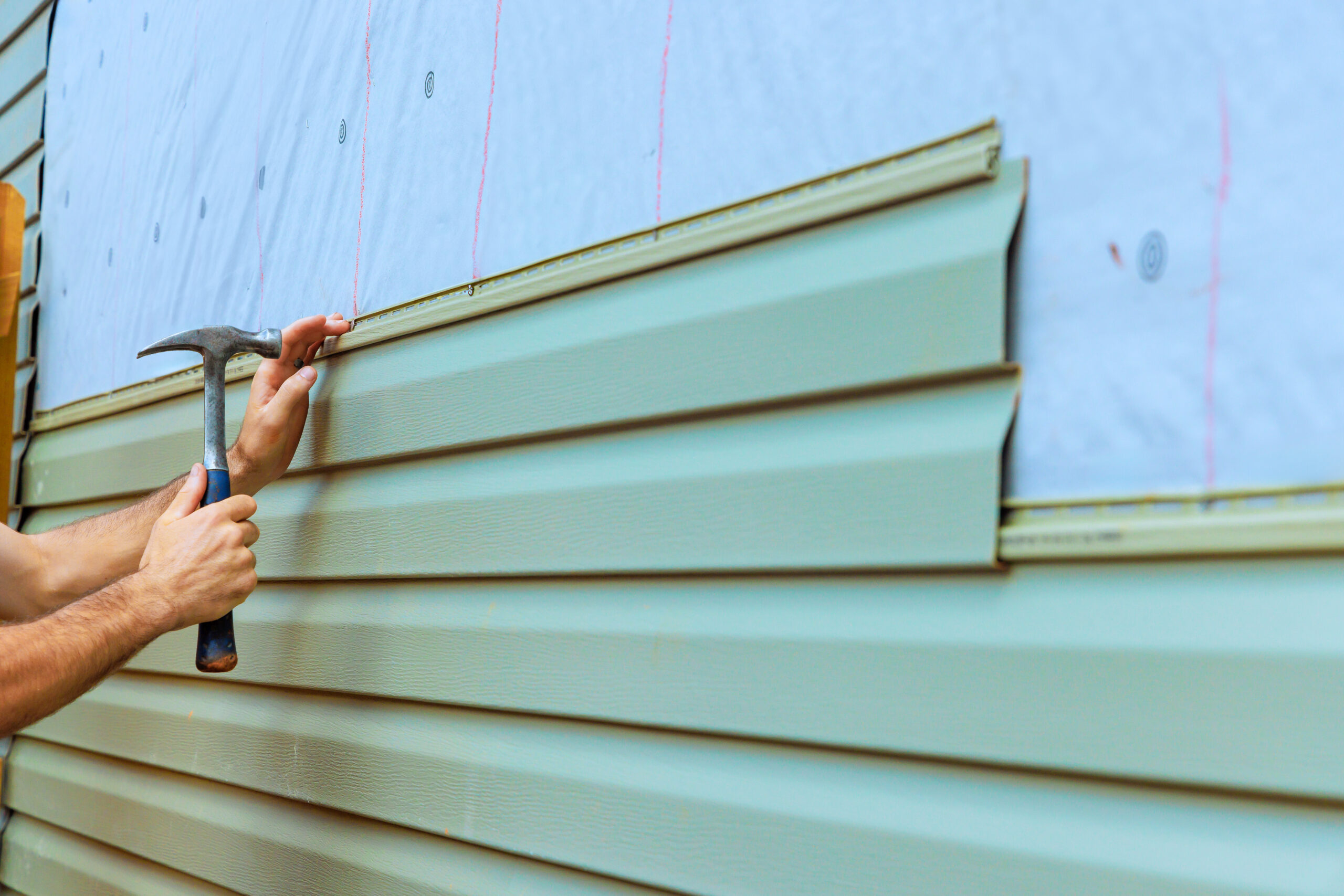
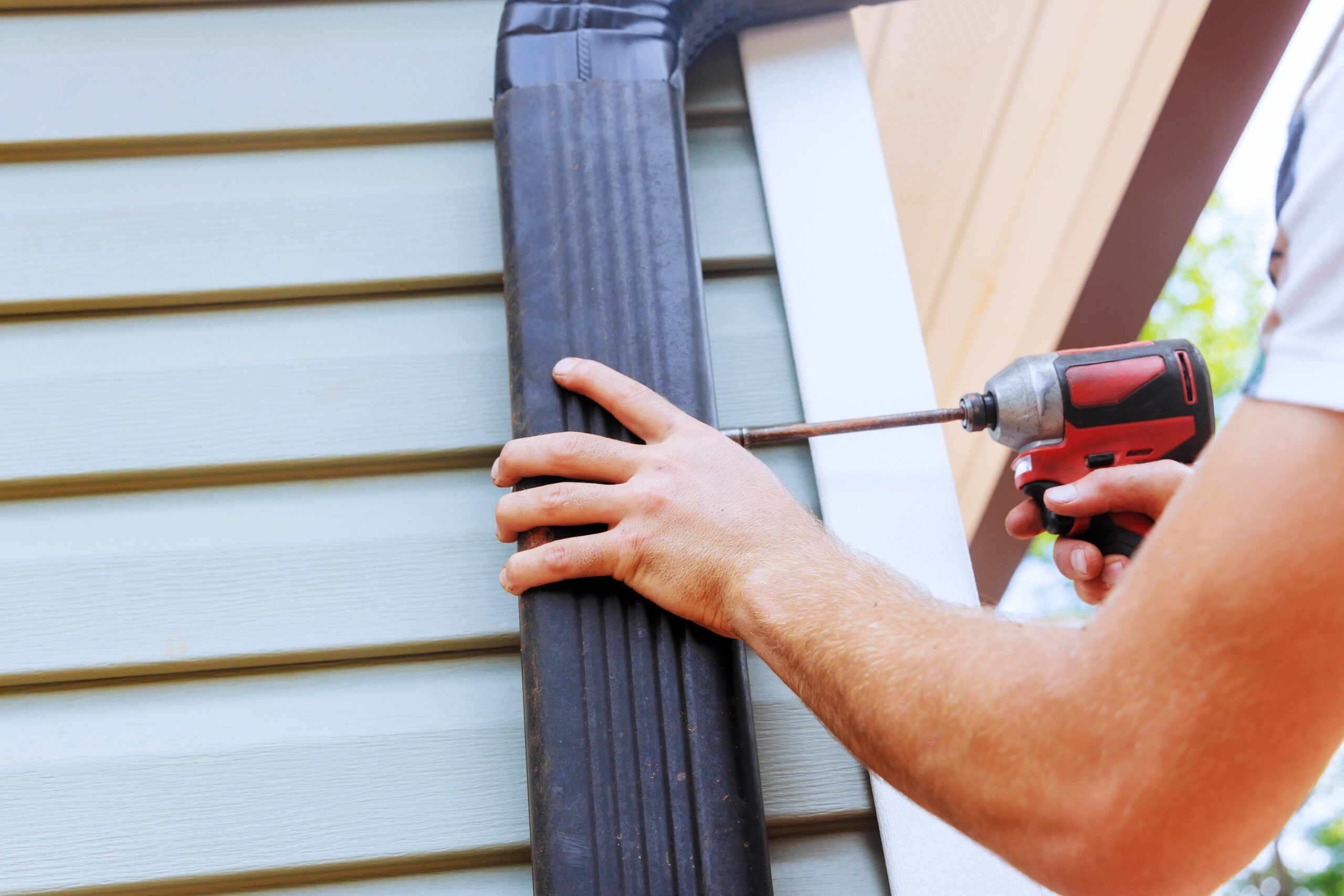
CALL FOR BOOKING
(508) 904-2883
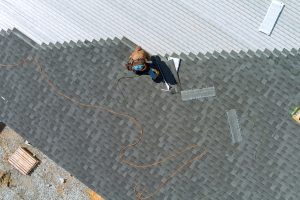
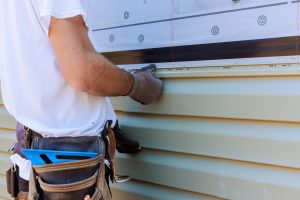
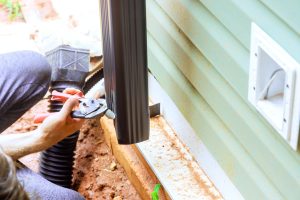
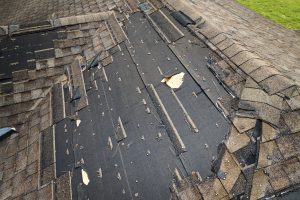
We begin every project with a free consultation where we discuss your needs, budget, and vision. Our team will conduct a thorough inspection of your home to assess the work required. Whether you need a roof inspection, siding replacement, gutter cleaning, or storm damage assessment, we provide you with a clear understanding of what needs to be done and how we can help.
Once we understand the scope of your project, we create a customized plan tailored to your home’s needs. Our team will provide you with a detailed proposal, outlining the work to be done, materials to be used, and a timeline for completion. We work closely with you to ensure the plan aligns with your goals and budget.
After the work is completed, we conduct a thorough final inspection to ensure everything meets our high-quality standards. We also invite you to do a walkthrough of the project so you can see the results for yourself. If you have any questions or concerns, we address them immediately to make sure you're completely satisfied with our work.
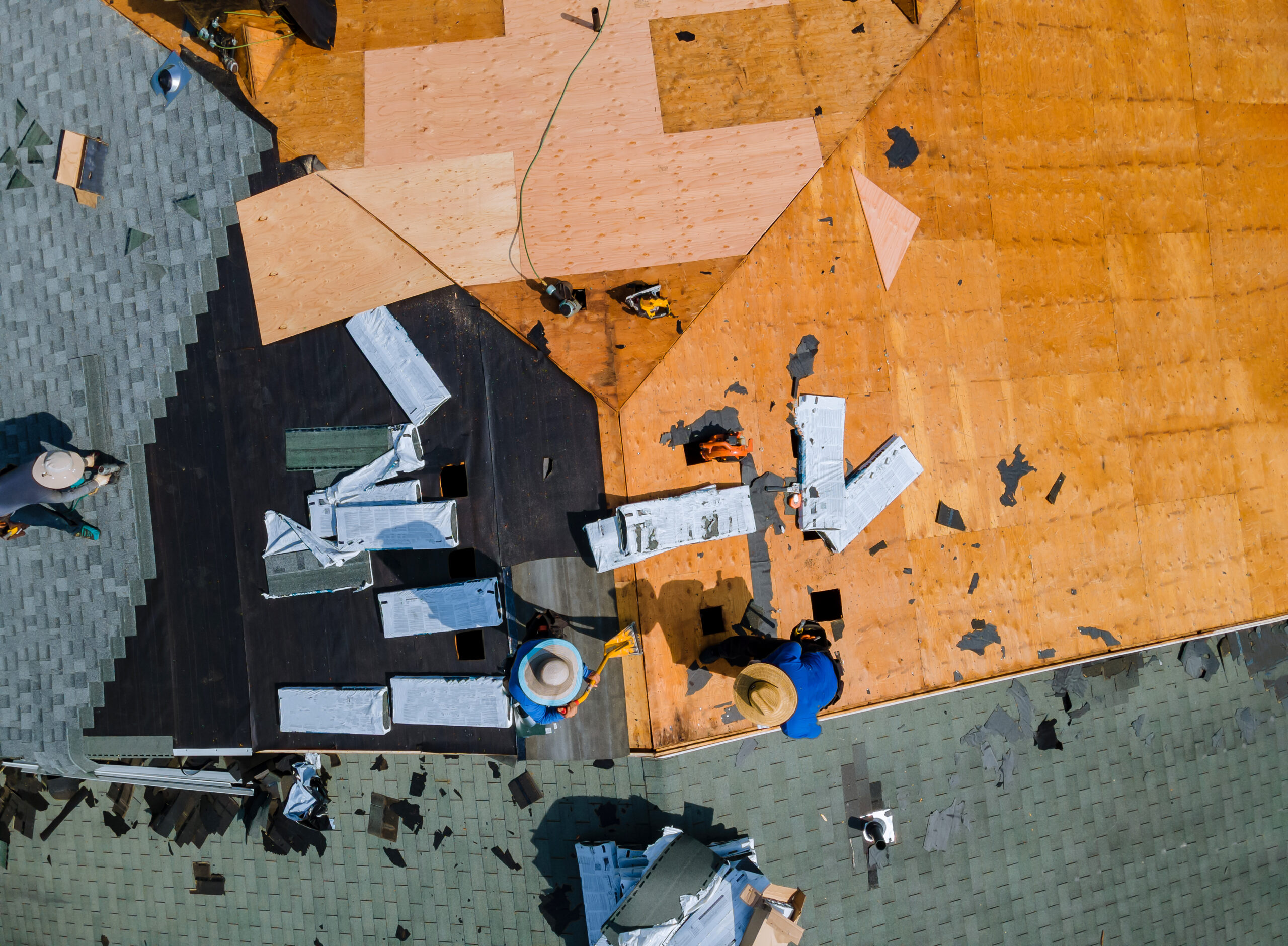
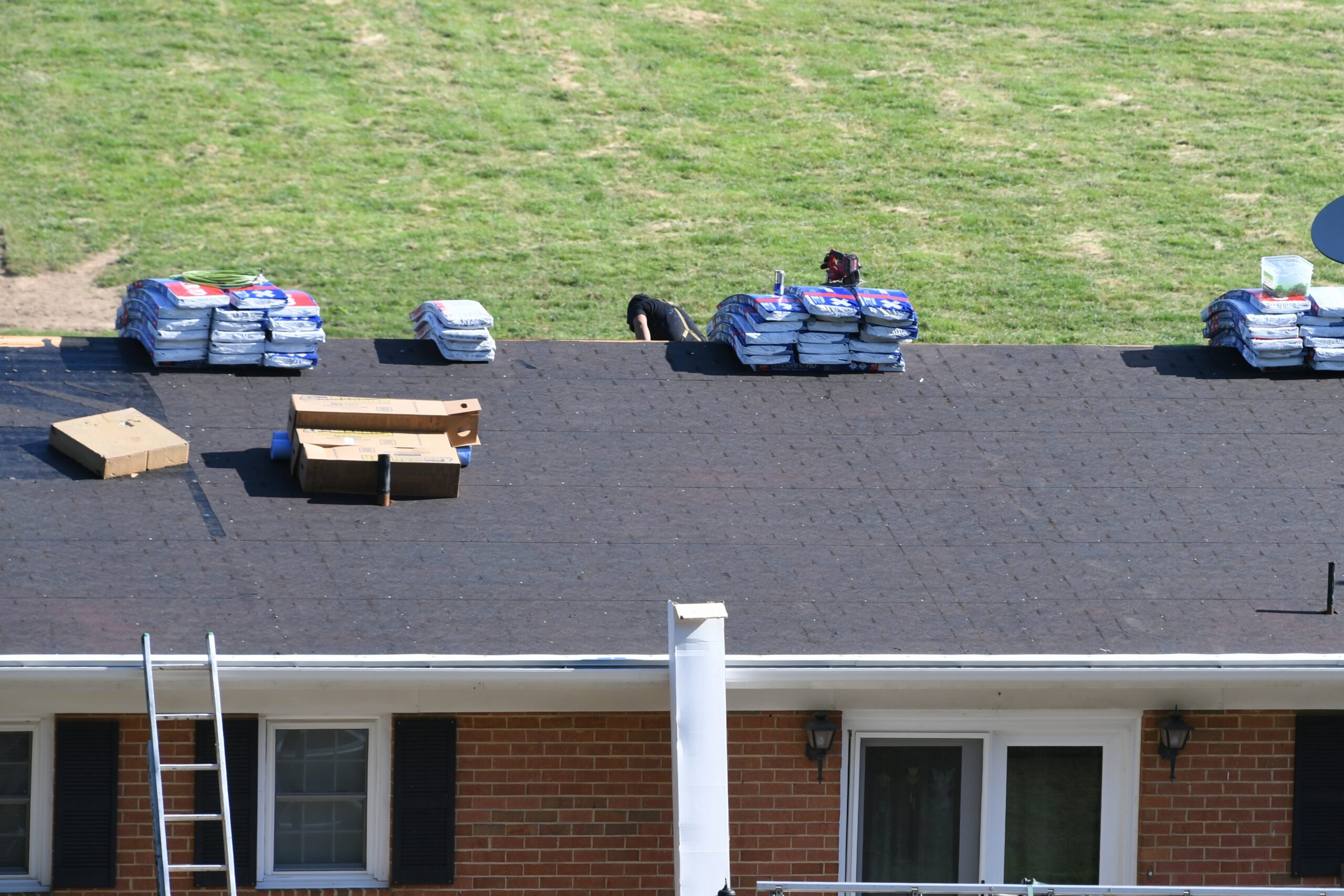
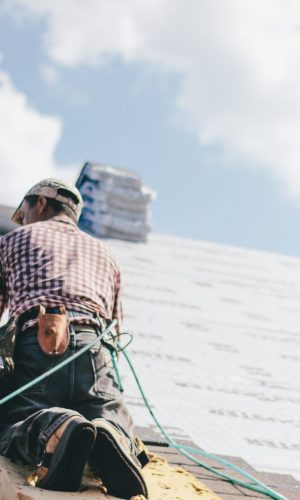
(508) 904-2883

1. Missing or Damaged Shingles
Shingles are the first line of defense against the elements. If you notice that shingles are missing, cracked, curled, or damaged, this is a clear sign that your roof is not performing at its best. Wind, hail, or age can cause shingles to deteriorate, leaving the underlying roof structure exposed.
2. Leaks or Water Stains Inside Your Home
One of the most obvious signs of roof damage is water leaking into your home. If you notice water stains on your ceiling, walls, or attic, it’s a sign that your roof may have a leak. Even small leaks can cause significant damage to your home’s structure if not addressed promptly.
3. Sagging Roof Deck
A sagging roof deck is a serious sign of structural damage, and it should never be ignored. This could be caused by water damage, improperly installed roofing materials, or structural issues. If you notice any areas of your roof that appear to sag, it’s essential to have a professional inspection as soon as possible.
4. Excessive Granules in Your Gutters
As asphalt shingles age, they lose granules that help protect the roof from UV rays and weather damage. If you find a significant number of granules in your gutters, it’s an indication that your shingles are deteriorating and need attention.
5. Cracked Caulk or Flashing Around Chimneys and Vents
Flashings are metal strips placed around chimneys, vents, and skylights to prevent water from entering your home. If the caulk around these areas is cracked or missing, water can easily seep in, leading to leaks and water damage.
6. Sunlight in Your Attic
If you can see sunlight peeking through your roof from inside your attic, it means that your roof has holes or gaps that need immediate attention. This can happen from weather-related damage or wear and tear over time.
7. Excessive Moss or Algae Growth
While a little moss on your roof might seem harmless, excessive growth can trap moisture on the surface of your shingles, leading to rot and decay. Moss can also make your roof slippery and difficult to inspect.
8. Visible Damage After a Storm
Severe weather such as high winds, hail, or heavy rain can cause immediate damage to your roof. After a storm, it’s important to inspect your roof for any visible damage. Even if you don’t see anything from the ground, it’s always worth getting a professional inspection to catch hidden issues.
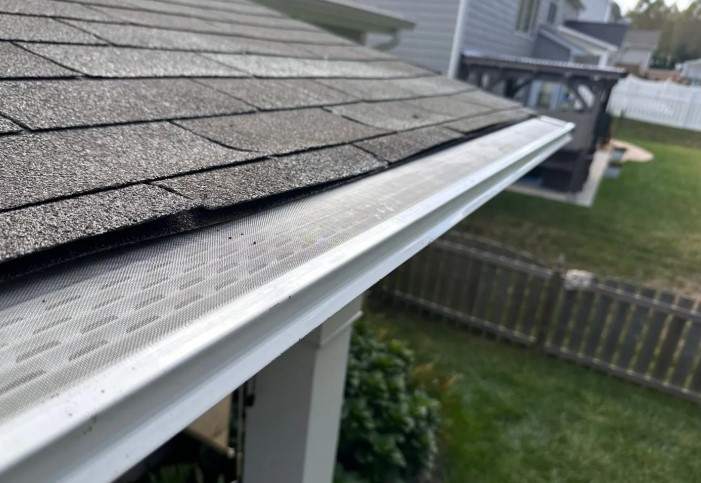
1. Reduced Gutter Cleaning Maintenance
The most obvious benefit of gutter guards is that they drastically reduce the amount of gutter cleaning needed. Without gutter guards, you’ll have to climb ladders several times a year to clear out debris, especially during fall when leaves are abundant. With gutter guards in place, they filter out debris, allowing water to flow freely while keeping your gutters clean and free of blockages.
2. Prevent Water Damage to Your Home
When gutters become clogged, water can overflow, causing damage to your roof, siding, and foundation. Overflowing gutters can lead to leaks, mold growth, and even foundation erosion over time. Gutter guards help prevent clogs, ensuring that water flows properly through your gutters and away from your home.
3. Protection Against Pest Infestations
Clogged gutters can create an ideal breeding ground for pests such as mosquitoes, rodents, and birds. Standing water in gutters is especially attractive to mosquitoes, while leaves and debris provide nesting sites for rodents and insects. Gutter guards prevent debris from accumulating and reduce the chances of pests making your gutters their home.
4. Extended Lifespan of Your Gutters
Over time, debris buildup can cause gutters to sag, rust, or become damaged. By keeping gutters clean with gutter guards, you reduce the wear and tear that results from clogs and water overflow. This helps maintain the structural integrity of your gutters, extending their lifespan.
5. Prevent Ice Dams in Winter
During the winter months, clogged gutters can lead to the formation of ice dams, which occur when water backs up in your gutters and freezes. This can lead to water seeping under your roof and causing interior damage. Gutter guards help keep your gutters free from debris, reducing the risk of ice dams.
6. Improved Curb Appeal
Gutter guards help keep your gutters clean and free from unsightly debris. Clogged gutters can be visible from the street, and the build-up of leaves and twigs can detract from your home’s appearance. With gutter guards, your gutters will stay looking neat and tidy, contributing to your home’s curb appeal.
7. Cost-Effective Long-Term Investment
Although there is an initial cost for purchasing and installing gutter guards, they can save you money in the long run. By reducing the need for regular gutter cleaning, preventing water damage, and extending the life of your gutters, gutter guards are a wise investment. Over time, they can save you from costly repairs and maintenance.
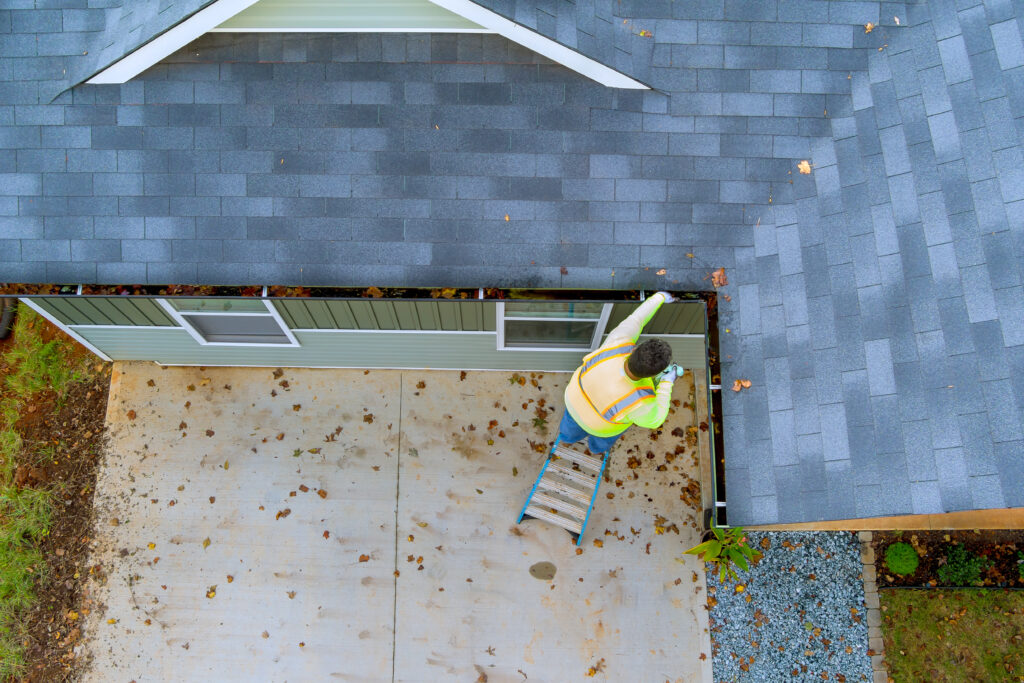
1. Inspect and Secure Your Roof
Your roof is your first line of defense against the elements. Before storm season hits, inspect your roof for any damage or wear that could make it more vulnerable to strong winds or heavy rain. Look for missing shingles, cracked flashing, or signs of leaks in your attic.
2. Clean and Maintain Your Gutters
Gutters are essential for directing rainwater away from your home. Clogged gutters can cause water to overflow, leading to roof damage, leaks, and even foundation problems. Before storm season, make sure to clean out your gutters and downspouts to ensure they are clear of leaves, twigs, and other debris.
3. Check Windows and Doors for Proper Seals
Strong winds and rain can infiltrate your home if your windows and doors are not properly sealed. Check the weatherstripping and seals around your windows and doors to ensure they’re in good condition. This is particularly important if you live in an area prone to hurricanes or heavy storms.
4. Trim Overhanging Branches and Trees
Strong winds can cause trees and branches to fall, potentially damaging your roof, windows, or cars. Make sure to trim any overhanging branches that could cause damage during a storm. You should also check the health of any trees on your property.
5. Reinforce Your Garage Door
Your garage door is one of the weakest points of your home during a storm. High winds can easily damage an unsecured or improperly installed garage door. If you live in an area prone to strong winds, consider reinforcing your garage door to keep it secure during a storm.
6. Protect Your Siding
Strong winds and hail can cause significant damage to your home’s siding. Check for any cracks or loose panels in your siding and make necessary repairs. Additionally, you may want to consider installing storm-resistant siding for added protection.
7. Ensure Proper Drainage Around Your Home
Heavy rain can lead to flooding if your home’s drainage system isn’t properly maintained. Ensure that water flows away from your foundation and doesn’t pool around your home. Check that your yard is properly graded, and make sure any drainage systems are clear and functioning.
8. Prepare an Emergency Kit
It’s always a good idea to be prepared for power outages or other emergencies during storm season. Create an emergency kit that includes essential items such as flashlights, batteries, bottled water, canned food, a first-aid kit, medications, and important documents.
9. Check Your Home Insurance Coverage
Before storm season begins, review your home insurance policy to make sure it covers storm damage, including wind, hail, and flooding. If your area is prone to hurricanes or flooding, you may need to add additional coverage for these risks.
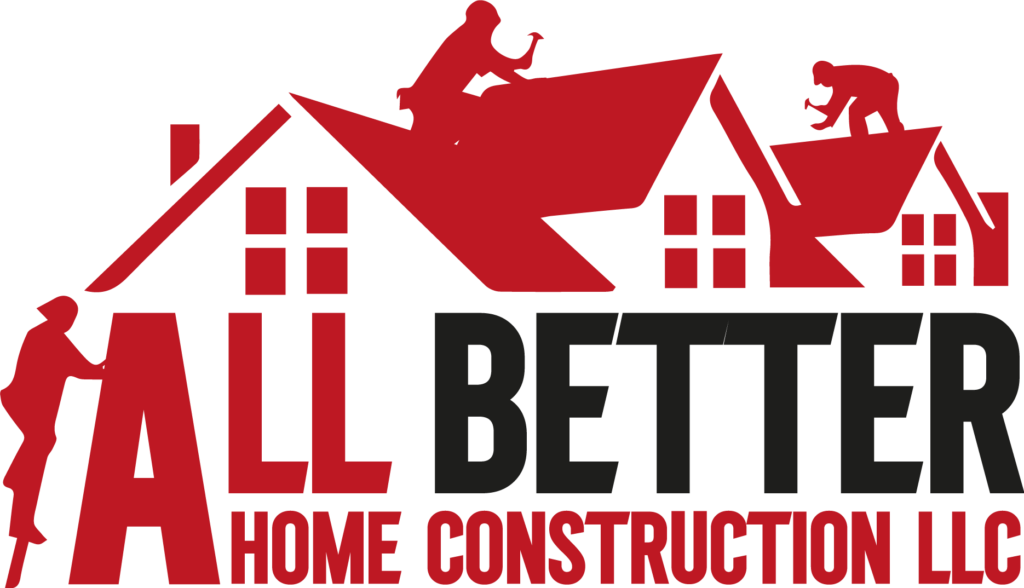

© 2024 Copyright All rights reserved by allbetterhomeconstruction.